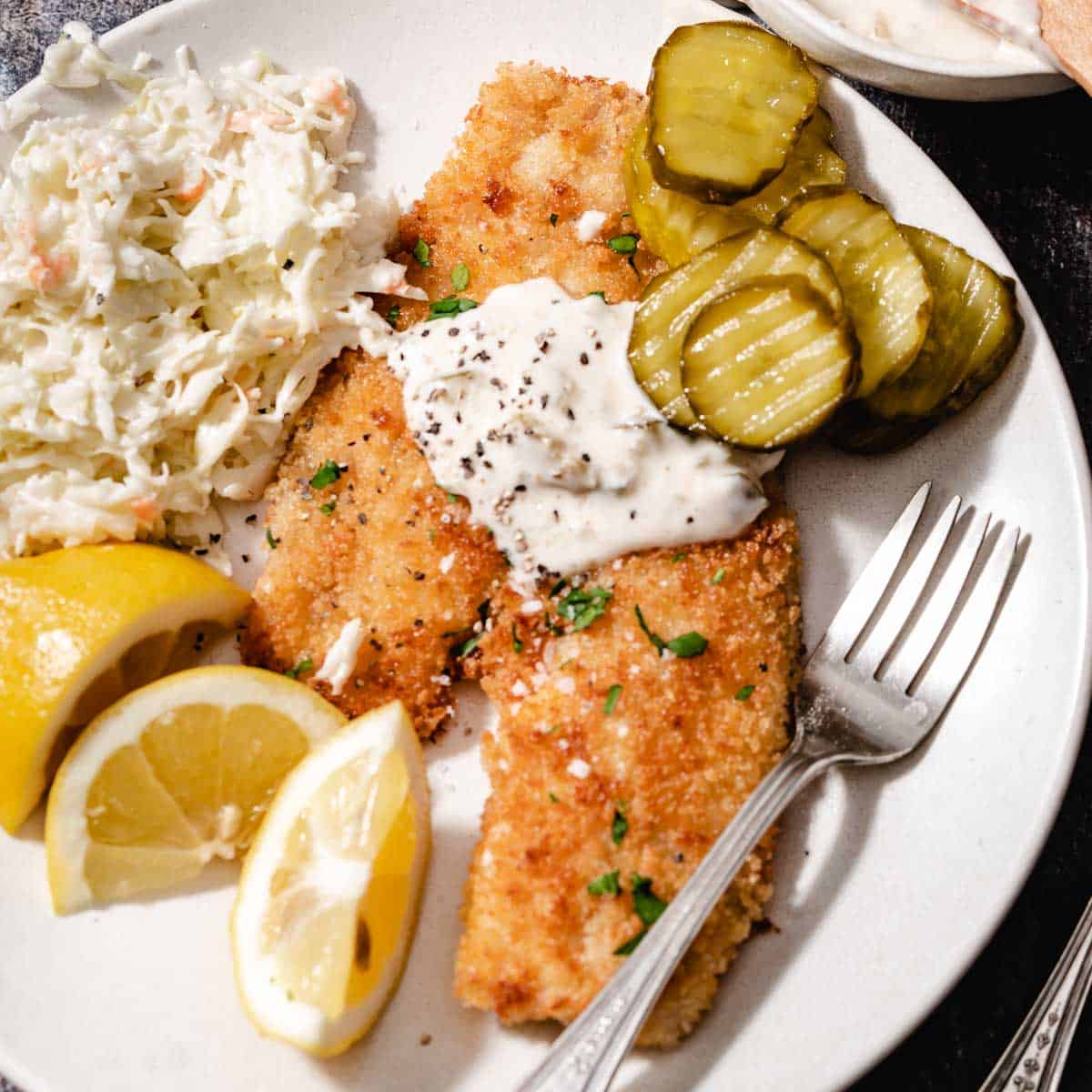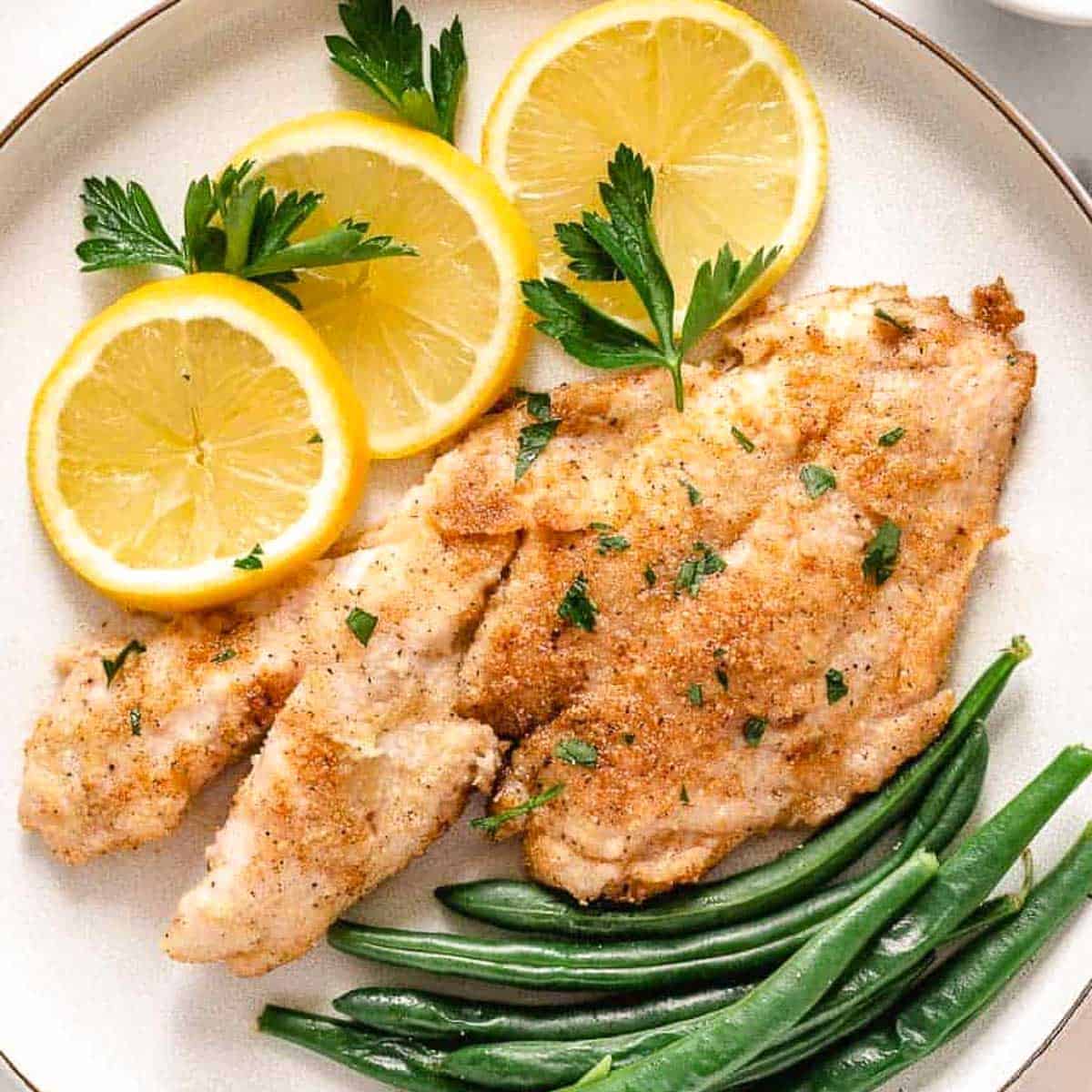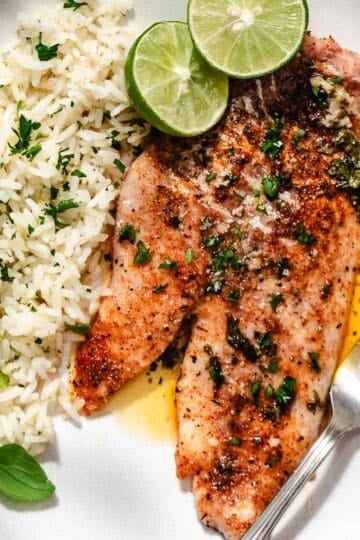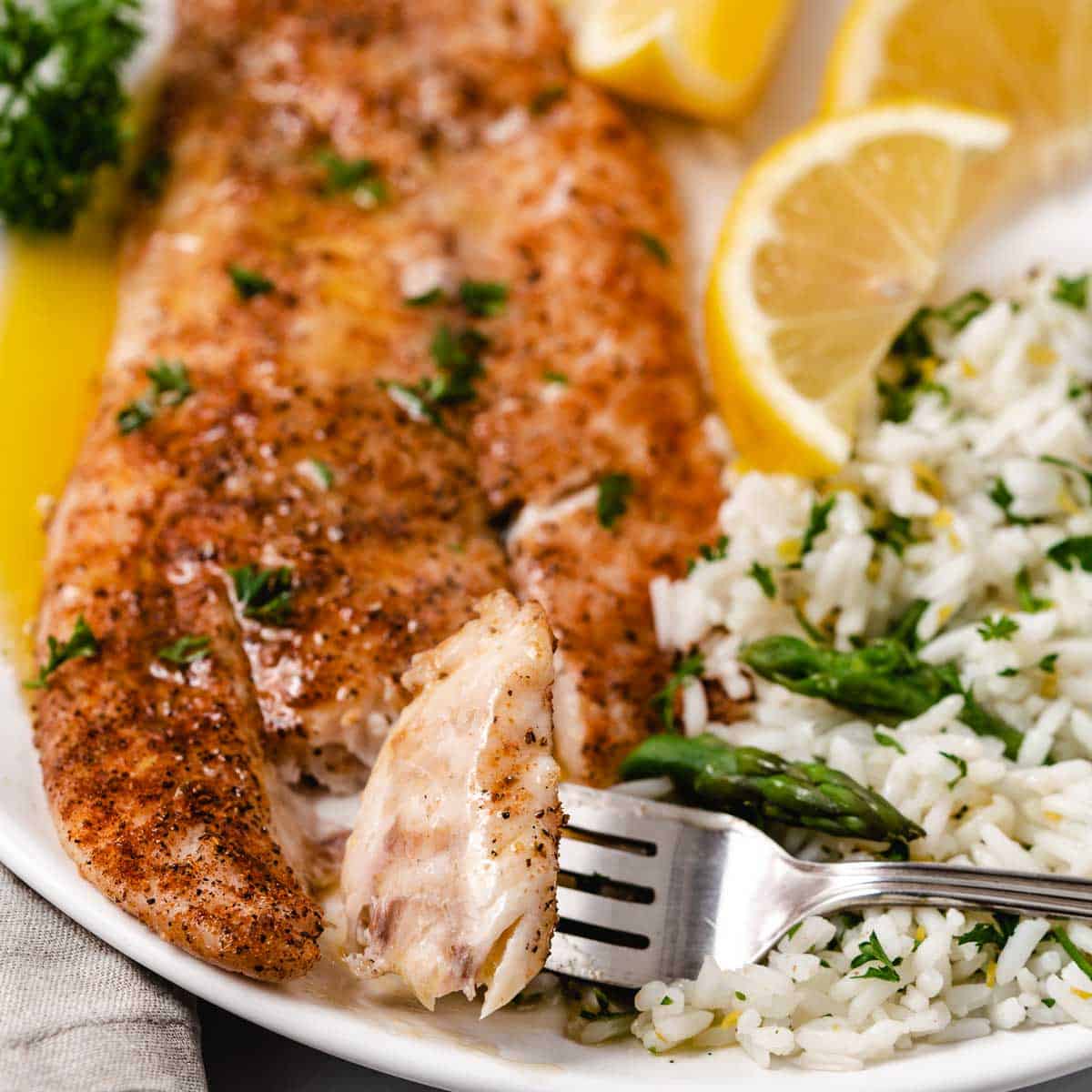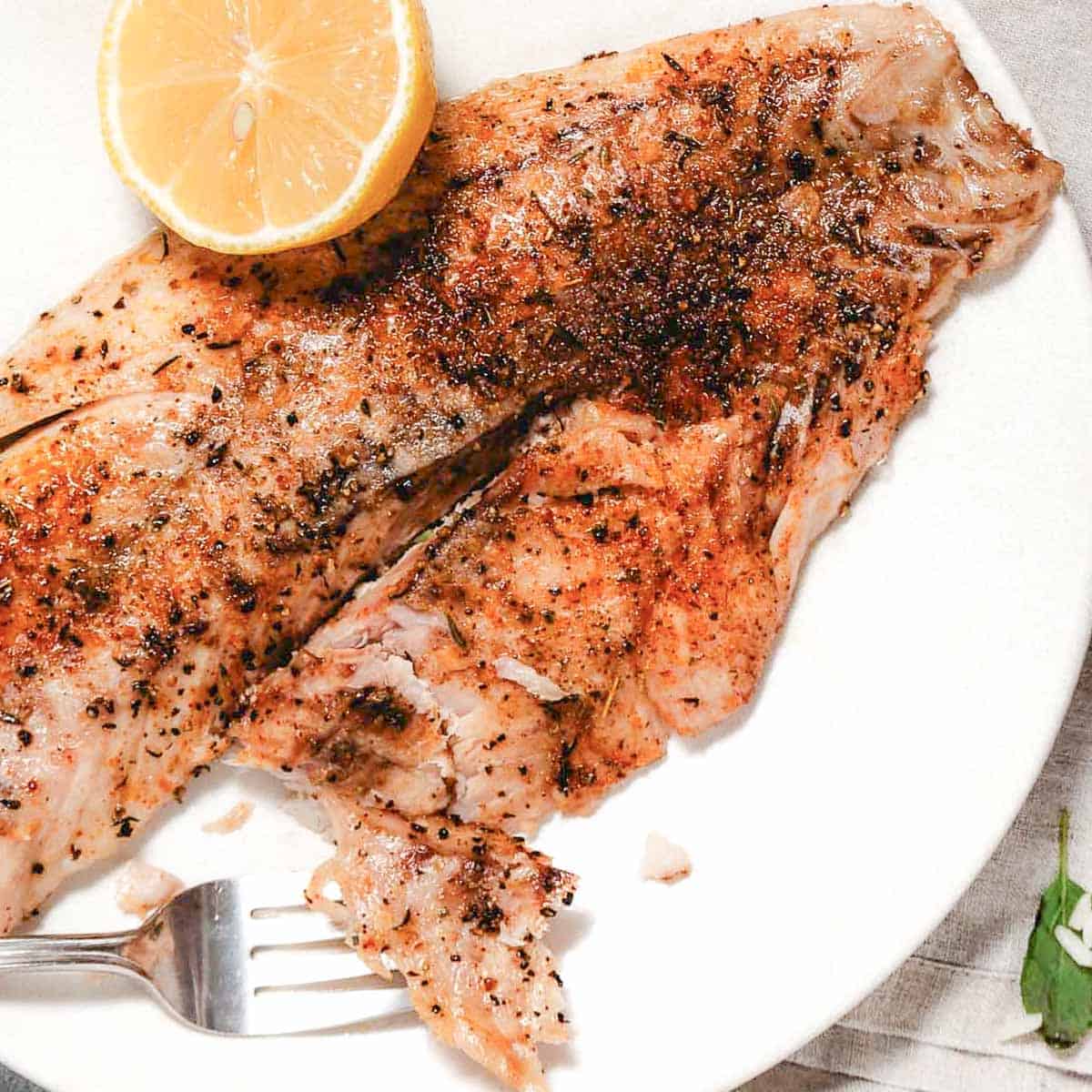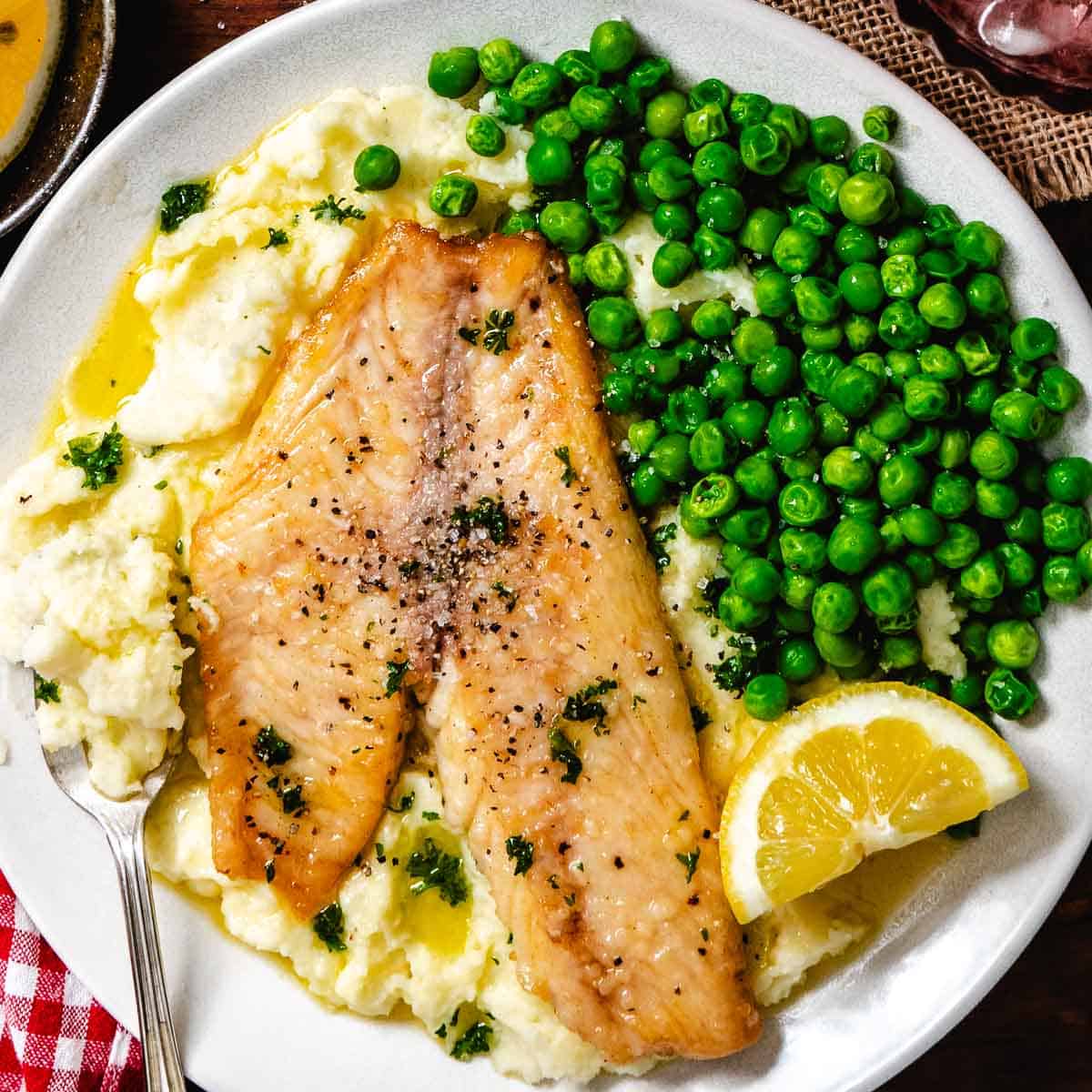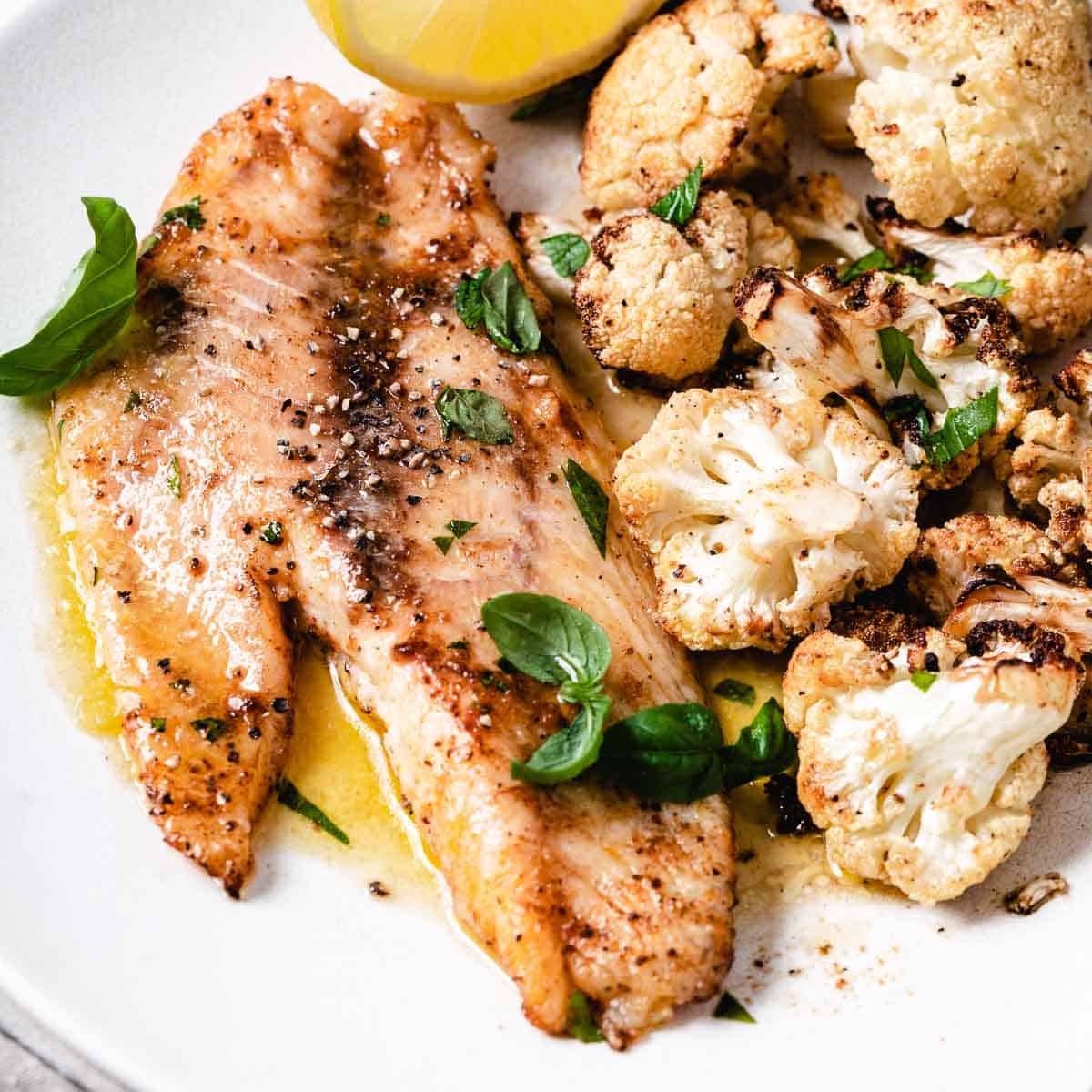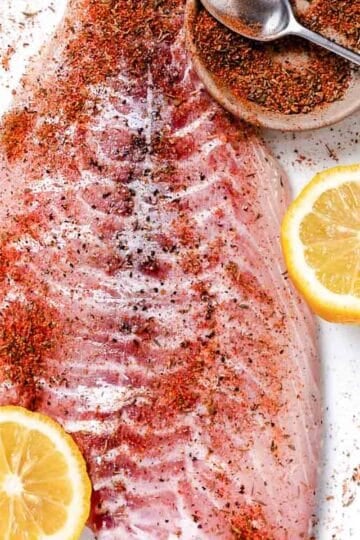How To Cook Yellowtail Fish
Learn how to cook yellowtail fish with simple step-by-step recipes.
From pan searing to broiling, these easy recipes help you make flaky yellowtail at home. Perfect for weeknight dinners or poolside meals.
Yellowtail snapper has a delicate flavor and firm texture. It thrives in warm waters like the Atlantic Ocean and Gulf of Mexico, making it a Florida favorite.
Its mild, sweet taste works well for frying, grilling, searing, and baking.
Whether you're making lunch or dinner, these yellowtail recipes are fresh, quick, and full of flavor. From pan-seared fillets to golden fried fish, you'll find the best ways to enjoy this mild white fish.
Crispy Yellowtail Recipes
Baked Yellowtail Snapper
Broiled Yellowtail
What is Yellowtail Snapper?
Yellowtail snapper (Ocyurus chrysurus) is a popular reef fish found in the western Atlantic, from the Bahamas and Florida Keys to the Gulf of Mexico.
You’ll recognize it by its bright yellow tail and the bold stripe running down its side. This fish is a favorite among anglers and seafood lovers for its mild, sweet flavor and firm texture.
It’s perfect for frying, grilling, baking, or pan-searing—easy to cook and always delicious. Yellowtail is a popular local fish. It is found in shallow waters. You can see it near coral reefs and rocky areas in the Florida Keys.
Yellowtail snapper comes from the Atlantic. However, California markets often sell a different fish called California yellowtail or "hamachi." This fish is firm and rich. It is also great for grilling and searing.

Pan Seared Yellowtail
Air Fryer Yellowtail
How to Store Fresh Fish
If you bring home fresh yellowtail fillets, eat them within a day. Just season with salt and pepper and cook them in a skillet with a little butter. That’s all you need. Fresh fish is one of the best things you can eat—simple, clean, and absolutely delicious.
Refrigeration:
Store the fish in the refrigerator as soon as you bring it home. Place it in a shallow dish or on a plate, cover it loosely with plastic wrap, and keep it in the coldest part of the fridge—usually the bottom shelf in the back.
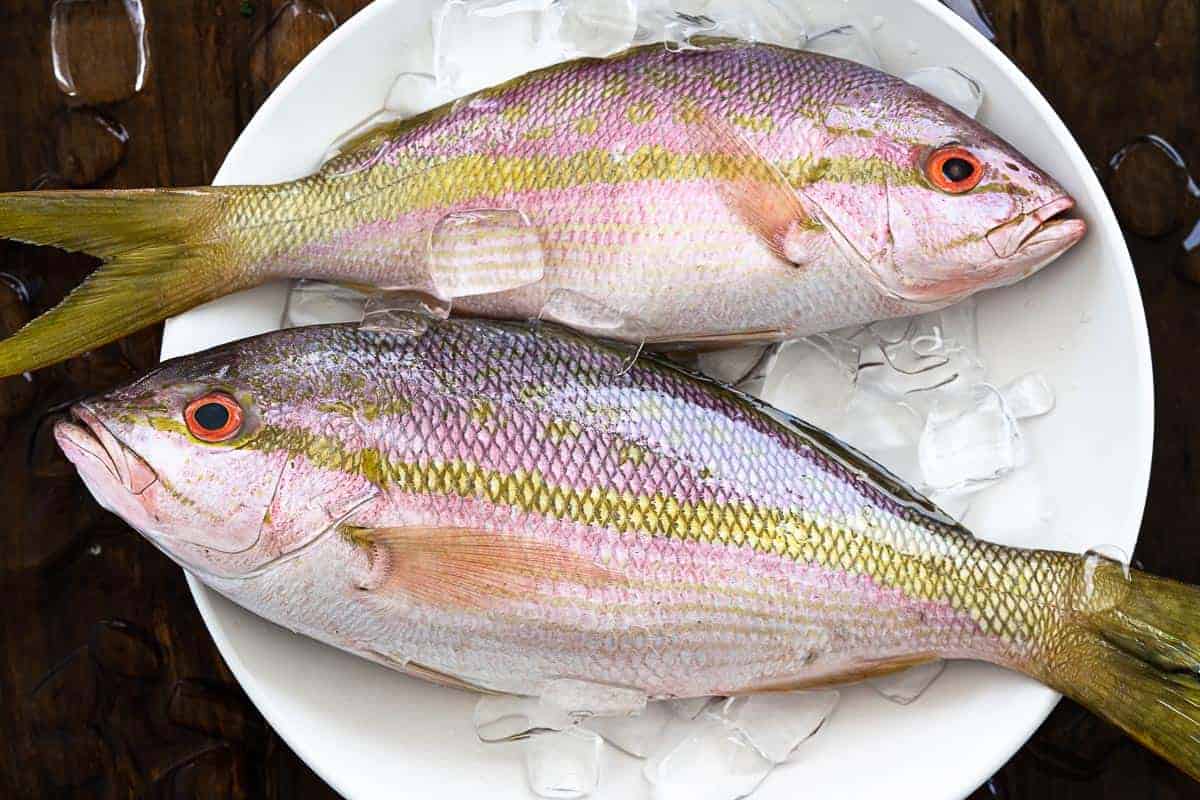
Use Ice Packs:
If you’re buying fish from a market, ask for ice to keep it cold on the way home. A cooler with ice packs is even better.
Freezing:
If you’re not using the fish within 24 hours, freeze it. Pat it dry with paper towels, wrap each fillet tightly in plastic wrap, and place them in a freezer bag. Label it with the date and use it within a month or two for the best quality.
How Big Is a Yellowtail Snapper?
Yellowtail snappers can reach sizes of up to 5 pounds and lengths of 30 inches, but the ones commonly seen measure anywhere from 15 to 20 inches long.
According to In the Bite magazine, Jeffrey Bowles now holds the Florida State Record for the largest yellowtail snapper! The fish was caught about 100 miles off Naples in the Gulf of Mexico and weighed 10 pounds 9 ounces.
Bowles caught the fish on a live mullet. It took about five minutes to land the fish! The previous record was set in 1996 at 8 pounds, 9 ounces.
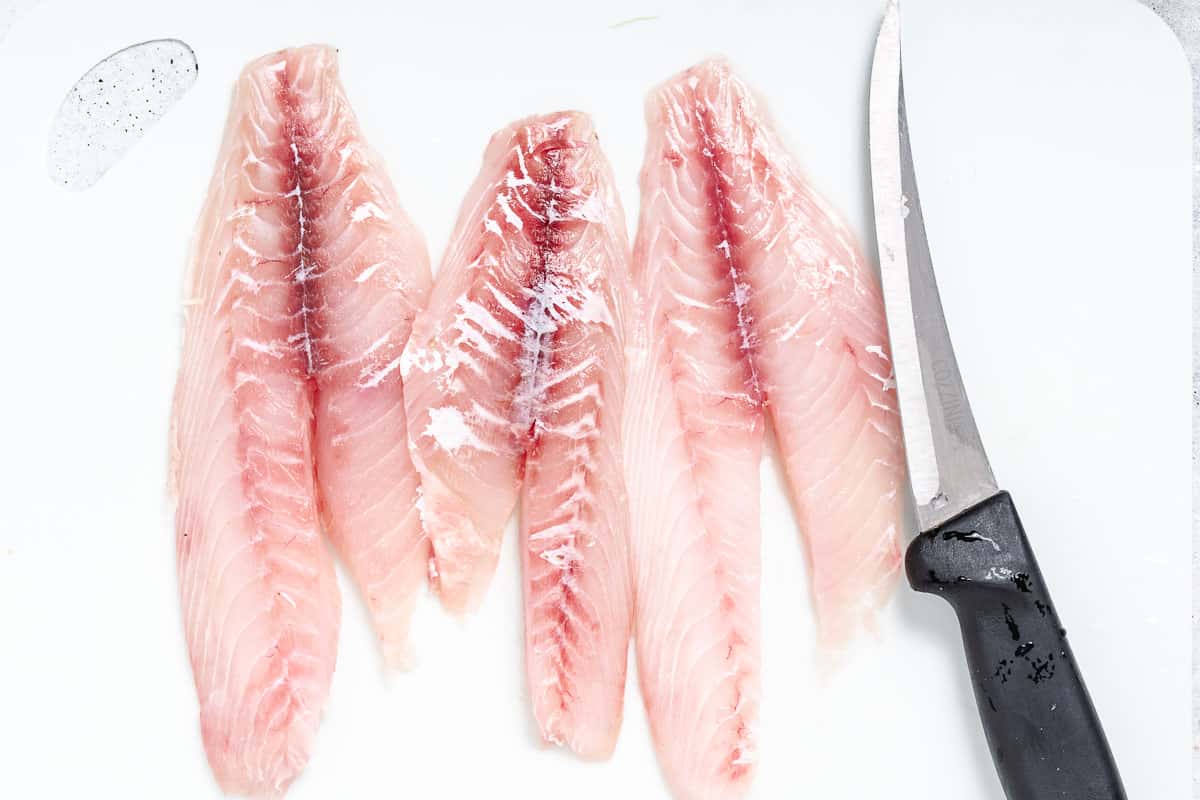
Are All Snappers Interchangeable?
According to Fish Track, an app that helps anglers find and catch fish, there are over 250 species of snappers worldwide. They vary in color, size, and habitat, making them tricky to tell apart.
That said, yes, you can use these recipes with just about any type of snapper. The most popular snapper in the U.S. is Red Snapper—bigger than a yellowtail but smaller than a Cubera snapper, averaging around 10 pounds. There are plenty of them in the Florida Keys.
Here are some of the most common snapper fillets in the Keys:
- Yellowtail Snapper
- Red Snapper
- Mangrove (Mango) Snapper
- Mutton Snapper
- Lane Snapper
- Vermillion Snapper
Other white fish that work well in these recipes:
- Hogfish
- Tripletail
- Mahi Mahi
- Snook
- Porgies
- Pompano
- Flounder
Swordfish and Yellowfin Tuna are also local catches but need to be handled a little differently than snapper due to their firmer texture and higher fat content.
Whether you love it baked, fried, seared, or broiled, these simple recipes bring out the best in this fresh, mild fish. Perfect for lunch or dinner, these dishes are easy to make and packed with flavor.


